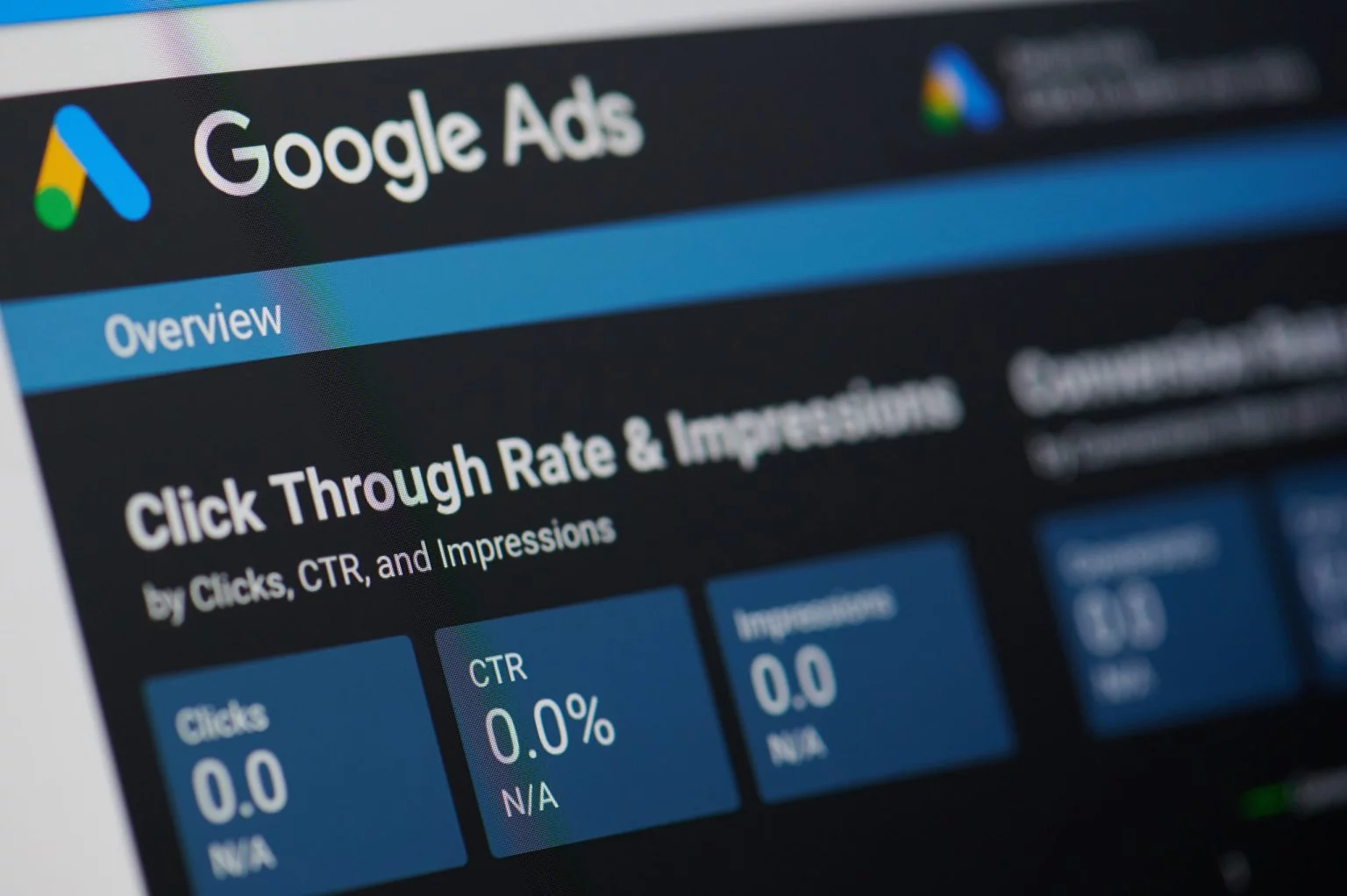A content calendar is an extremely valuable tool for almost any business. It can help you to stay organized, track your progress, and ensure your content aligns with your overall marketing goals. It's a simple project, but a crucial one, as it can make all the difference in having a consistent and organized presence with your online content strategy. Here are the benefits of employing a content calendar, plus tips on how to create one, and some insights on how to use it in optimizing your content strategy.
The Benefits of Using a Content Calendar
A content calendar is a schedule or plan that outlines when and what type of content will be created and published to effectively manage and organize content marketing efforts for a company or an individual.
Benefits for Organization
A content calendar gives a single location from which to oversee your entire content strategy. Content production, revision, review, and publication can all be planned out in advance with the aid of a calendar, leading to a more efficient workflow overall.
Visualizing your content inventory on a calendar can help you spot any holes, redundancies, or out-of-date resources in order to better prepare for their eventual replacements.
A content calendar helps maintain uniformity in the areas of branding, voice, and quality by defining themes, subjects, and messages in advance.
Benefits for Collaboration
Content calendars allow different members of a team to work together by providing a central hub for communicating, planning, and monitoring all their related activities. All content creators can have access to the calendar, allowing for more open communication and improved collaboration, even among geographically dispersed members of a team.
By assuring that stakeholders’ viewpoints and needs are taken into account throughout the planning process, content calendars enable them to see and provide feedback on upcoming material.
By using a content calendar, different departments in an organization (such as social media, digital advertising, sales, design, etc.) can coordinate their efforts and produce more cohesive campaigns.
Benefits for Planning
By using a content calendar, you can align your content with larger marketing objectives, new product releases, events, and seasonal patterns to increase the effectiveness of your content strategy as a whole.
Seeing your content creation process laid out in front of you helps you decide where to put your time, money, and other resources.
Planning diverse types of content (such as blogs, videos, infographics, and social media postings for example) in advance and spreading them out equally to appeal to a wider audience is much easier in a calendar view. You can use a content calendar to strategically plan ahead and capitalize on timely trends while still offering a steady stream of evergreen material.
Benefits for Tracking
In order to better plan and optimize future content, you can analyze performance data like engagement, conversions, and traffic in conjunction with a content calendar.
Tracking data allows you to enhance your content strategy by capitalizing on what’s working and making changes to what isn’t; a calendar can be used as a historical reference to look back on previous content projects, allowing you to record trends, successes, or failures.
How to Create a Content Calendar
There are a number of phases involved in creating a content calendar that follows a thorough and efficient strategy.
One of the initial steps in successful content marketing is establishing your goals. Your content strategy and editorial schedule will benefit from your familiarity with your objectives.
First, create a plan for how your content calendar will look. It might be a digital or physical calendar, a spreadsheet, or a template in a project management app. Choose a structure that works for you and your group.
Blog entries, video material, social media updates, and podcasts are all examples of content formats you may want to consider using. You should also choose broad content subjects that relate to your marketing goals and interest your intended customers.
Determine how often you want to publish and which platforms you want to use to disseminate your content. Some examples of channels to use include websites, blogs, social media channels, newsletters, and so on.
Design a schedule that includes columns for dates, titles, content types, themes, team members, status updates, and distribution methods. (Feel free to modify these to match your exact requirements.)
Gather information and come up with content ideas that fit with your themes and the tastes of your intended audience. Take into account market movements, insider knowledge, keyword analysis, and client input to come up with a wide variety of content concepts.
Allocating content to specified dates and channels in advance is an important part of any content distribution strategy. When planning your content calendar, keep in mind relevant seasonal patterns, upcoming holidays, and your overall marketing objectives.
Share the resulting content schedule with your team, and divide up the tasks of creating, editing, evaluating, and releasing the content. Foster teamwork and make sure everyone knows what they need to do and by when.
Examine the metrics and comments on how your content is performing on a regular basis. Analyze key performance indicators (KPIs) like audience participation, sales, and comments to inform your editorial schedule and future content creation decisions.
Keep your content schedule open to change and improvement. You may need to make modifications in light of new events, shifting market conditions, or other factors. Make regular updates to your calendar to ensure it accurately reflects your ever-changing content strategy.
Tips for Optimizing Your Content Strategy
To improve your content strategy, consider the following four ways to make your material more relevant to your readers:
Tailor Your Content to Your Audience
Research your target audience to learn about their demographics, preferences, pain points, and other interests.
Write in a way that connects with your readers by tailoring your content to their issues. Adjust your tone and language to your audience for maximum understanding and connection. Whether it’s a video, an infographic, or a podcast, provide the material in the format and media that your target audience prefers.
In order to fine-tune your messaging, you need to collect feedback and evaluate data on how your target audience reacts to various forms of content. Based on your audience’s habits and interaction patterns, figure out when and how often to give them new material. You can get more out of your content marketing by creating content that’s specifically designed for your target demographic.
Use Keywords Strategically
Consider different ways to optimize your content strategy through the calculated utilization of keywords. Conscientious keyword use can boost your content’s discoverability, bring in targeted traffic, and strengthen your content strategy’s ability to communicate with and convert your ideal customers.
Start by conducting in-depth keyword research to determine which high-traffic keywords are most appropriate for your content’s intended audience. To improve your content’s exposure and search engine rating, integrate keywords into the titles, headers, meta descriptions, and body text of your content in a natural way.
Try to recognize user intent — the purpose of a user’s keyword search — and tailor your material to answer their queries. Make sure the keywords you select make sense in the context of your content and provide real value for the reader. To rank better and attract a more suitable audience, you should focus on long-tail keywords since they’re less competitive and more precise.
Maintenance of relevance and visibility requires constant monitoring of keyword performance, adaptation of your strategy in light of analytics and search trends, and optimization of content.
Promote Your Content Effectively
There are a number of ways you can amplify the impact of your content marketing strategy.
Use social media to disseminate and market your material by posting links, images, videos, and other types of media. You can do email marketing by distributing your material to an audience through email by including it in newsletters or running dedicated email campaigns that invite readers to comment on and share your articles.
To increase the visibility and trustworthiness of your content, collaborate with influencers or recognized authorities in your field. Use syndication networks and content distribution platforms to increase your material’s exposure across a wide variety of online channels.
You can reach your desired demographic and generate traffic by investing in paid advertising channels, like search engine marketing, social media marketing, and sponsored content. Find ways to work with other companies, media, or content producers to promote each other’s work and increase your exposure to a wider audience.
Improve your content’s organic exposure and traffic by optimizing it for search engines with the use of keywords, meta tags, and backlinks of high quality. Constantly evaluate the efficacy of your content marketing techniques by looking at KPIs and user interaction statistics and making changes as needed.
Track Your Results and Make Adjustments as Needed
When trying to optimize your content strategy, it’s important to monitor your content’s performance and make improvements as needed.
First, establish metrics for tracking and measuring success, like engagement, conversion, or traffic numbers, that are in line with your content objectives. In order to better understand content performance and audience behavior, it’s important to regularly review data gathered from website analytics, social media insights, and other technologies. To determine what kind of content is best received by your target audience, analyze your data and look for trends and patterns.
Use A/B testing to compare several versions of your material to see which ones provide the best results. Refine and improve your content strategy by testing new versions of your formats, themes, distribution channels, and promotional strategies.
Improve the quality and effectiveness of your content over time with regular maintenance, such as editing, repurposing, and updating. One of the best ways to learn what your users want is to ask them — via surveys, comments, or social media interactions.
Try to revise your tactics in light of new information and developments in your field, the preferences of your target audience, and other factors. Your content strategy can be improved, optimized, and tailored to the ever-changing demands and preferences of your audience if you measure outcomes and make modifications based on that data.
By following the above tips, you can create a useful and effective content calendar that will help you achieve your marketing goals.



.webp)






















































